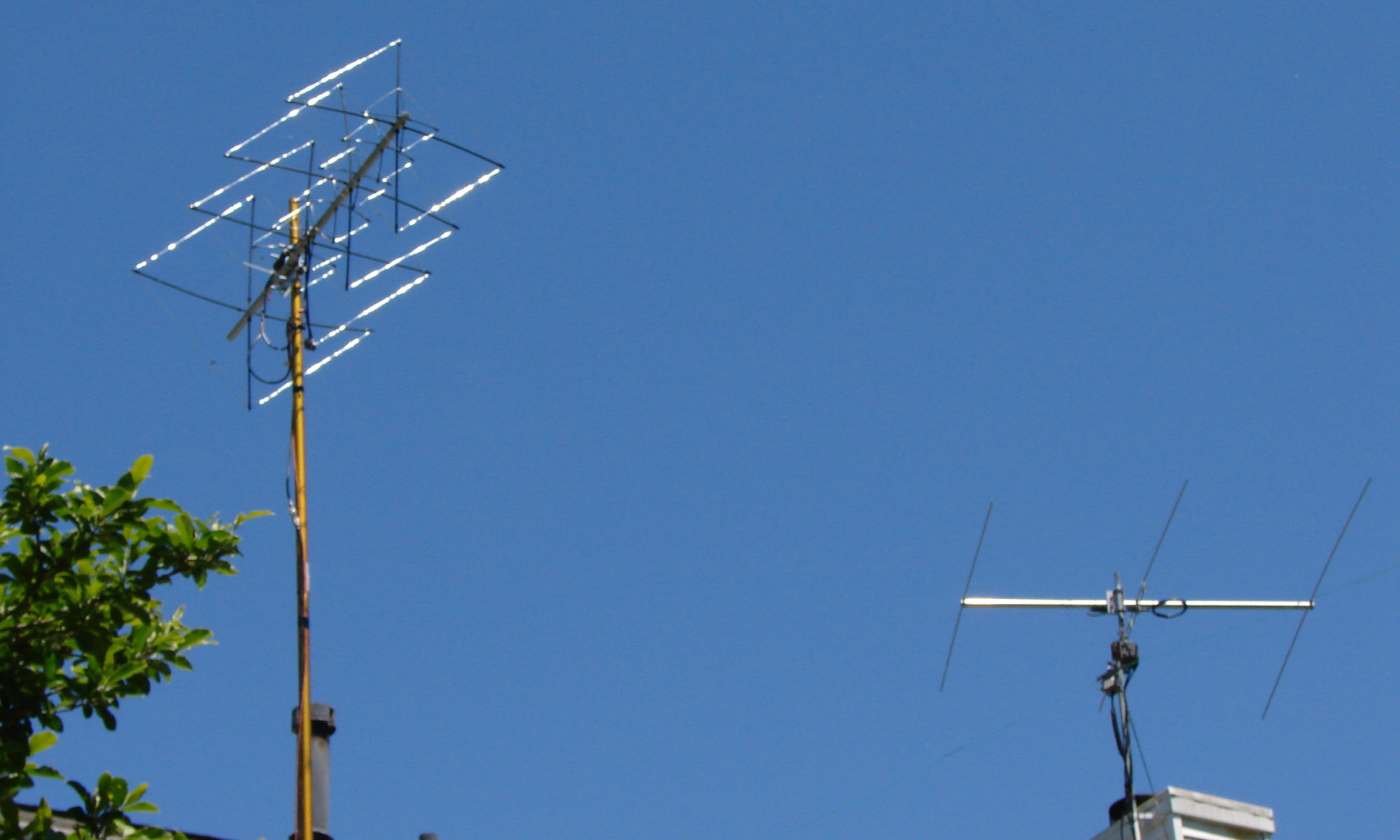
The total solar eclipse that traversed the continental United States on August 21 was a golden opportunity to study the effects of the eclipse on ionospheric radio propagation. A rather new organization, the Ham Radio Science Citizen Investigation (HamSCI), sponsored a QSO Party on that date to collect data to investigate what happens when the sun goes away for a few minutes.
From all accounts, the experiment was a success in that it confirmed the expected outcome – nighttime propagation conditions appeared, and then disappeared, in the middle of the day.
I took the day off from work and participated by setting up a portable station on my backyard deck. While I didn’t operate the full eight hours, I made 71 QSOs during the time prior to and during the peak occlusion, which reached about 85 percent in southern Michigan.
Probably the most significant effect was the brief time I was on 160 meters right after the peak. I only worked three stations, two of them local, but Jon, AA1K 500 miles away in Delaware (FM29) was one I would certainly not be able to work during the daytime.
I also noticed enhanced propagation on 80 meters, working stations across the east coast as well as one in southern California (DM04), just a few minutes past the peak of totality. Certainly one could not ordinarily work that path during the day from Michigan on 80 meters.
These two effects on the low bands confirm that D-layer absorption drops quickly when the sun goes away, a phenomenon we frequently observe very late in the day or early in the morning right around the “golden hour” and especially now during a lull in solar output.
It was an interesting and memorable experiment and experience. Solar eclipses aren’t exactly rare; they happen every year or so in some form, with a total eclipse happening in 2019 in the south Pacific, and another that will cross North America in 2024. I hope to enjoy experimenting with the enhanced propagation that these eclipses produce.
